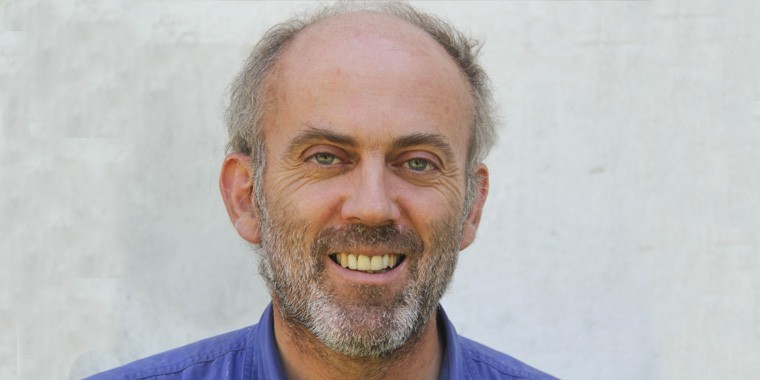Regular readers of this column may remember that not so long ago I reported that a friend of mine had described arable farming as a “financial treadmill”. I haven’t seen him in recent weeks but I’m guessing that he has now altered his description of our profession to a “financial rollercoaster”.
In case you’ve been hiding in a nuclear bunker these past few weeks, at the time of writing, feed wheat prices have hit over £300/tonne, ammonium nitrate (AN) £1,000/tonne and red diesel £1.10 per litre. As farmers, we’ve got used to ‘agri-inflation’ in recent years, but one of the many impacts of Russia’s horrific invasion of Ukraine has been to raise wheat prices by £100 per tonne, AN by £600 per tonne and diesel by 45p per litre.
What this surge in prices does, of course, is hugely raise the financial stakes for arable farmers. While the higher oilseed, grain and pulse prices suggest an improved return, will this all be wiped out by the cost of inputs rising even faster than farmgate commodity prices?
In the current cropping year, the financial viability of individual arable farmers will now depend more on when they sold their crops and bought their inputs than how their crops yielded. A quick calculation on the back of an envelope tells me that a 400ha arable farm that sold its 2021 harvest spot last September and still has not bought its AN will be over £400,000 worse off than if that same farm still had its crops unsold in store now and bought its AN last autumn.
On my own farm, with my usual genius for gauging the likely movement of grain prices, I waited until January and managed to sell my wheat for £210/tonne. I even congratulated myself that I’d been smart not to sell it earlier in the season. Indeed, the January spot price quickly fell away by £10/tonne after my sale and I was soon boasting about my skills as a trader to anyone prepared to listen (the collie).
With my grain now looking horribly undersold, I’m calming myself down by remembering that I don’t need to buy any fertiliser for this season and that my tank of red diesel is reasonably full and bought for 65p/litre.
But to put my worries in perspective, I do know of a farmer with a large arable area, including 800 hectares of cereals and 180 hectares of potatoes, who has just placed a £50,000 order to fill his tank with red diesel; he says his “hand was shaking” after making the phone call to his buying co-op. I would imagine his hand might be shaking some more as he negotiates his potato contracts this spring.
Just how many of us have the nerve, stamina and financial wherewithal to keep producing crops under these current hyper-inflationary trading conditions, only time will tell.
Arable farmers are committed to their crop for this season, but if new crop wheat prices stick at £240/tonne and AN stays at £1,000/tonne, it’s hard to predict just what acreage of combinable crops will be sown in the UK this autumn. Most of us endure the rigours of the treadmill, but this rollercoaster might frighten many of us out of the fairground altogether.




